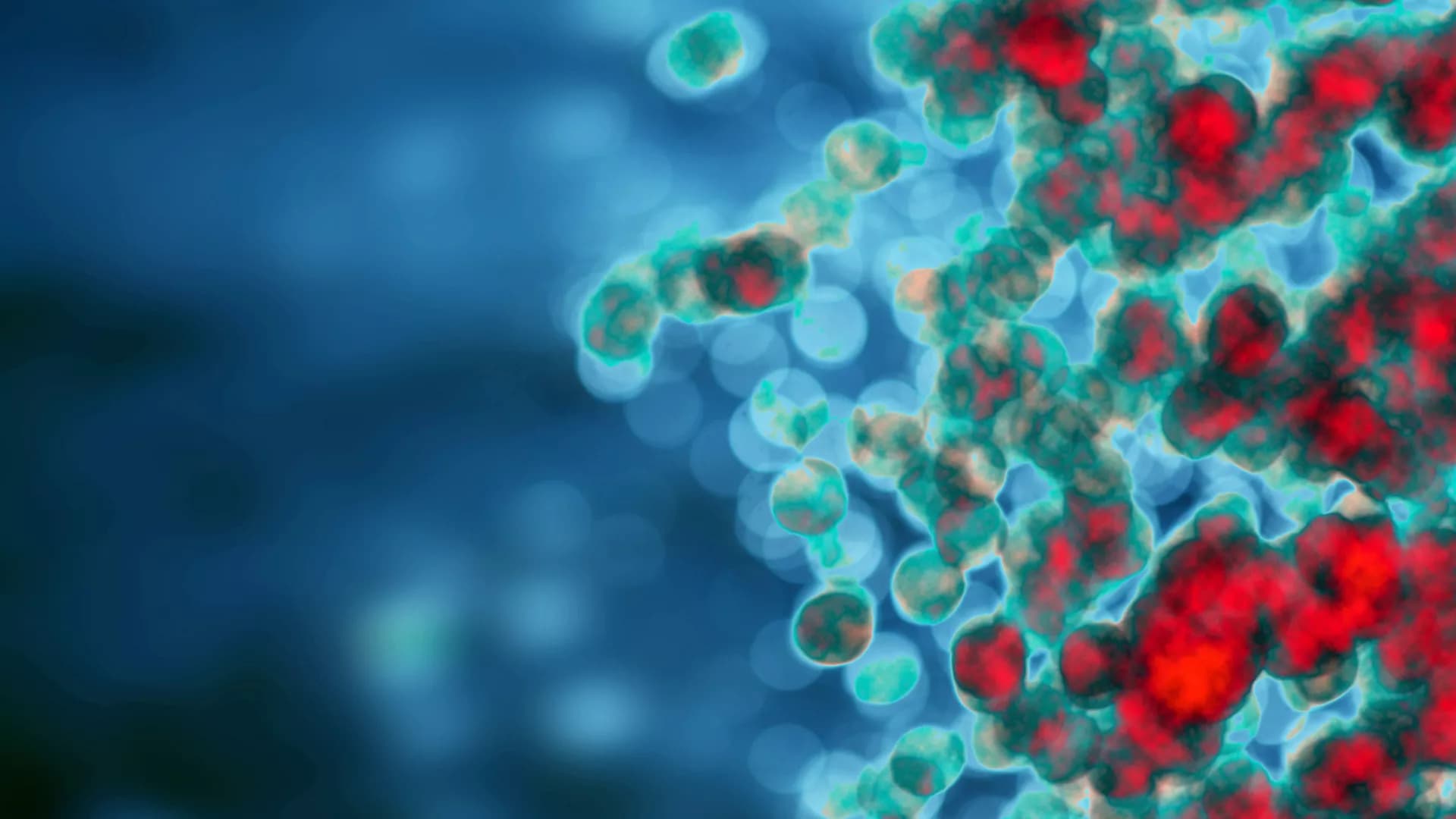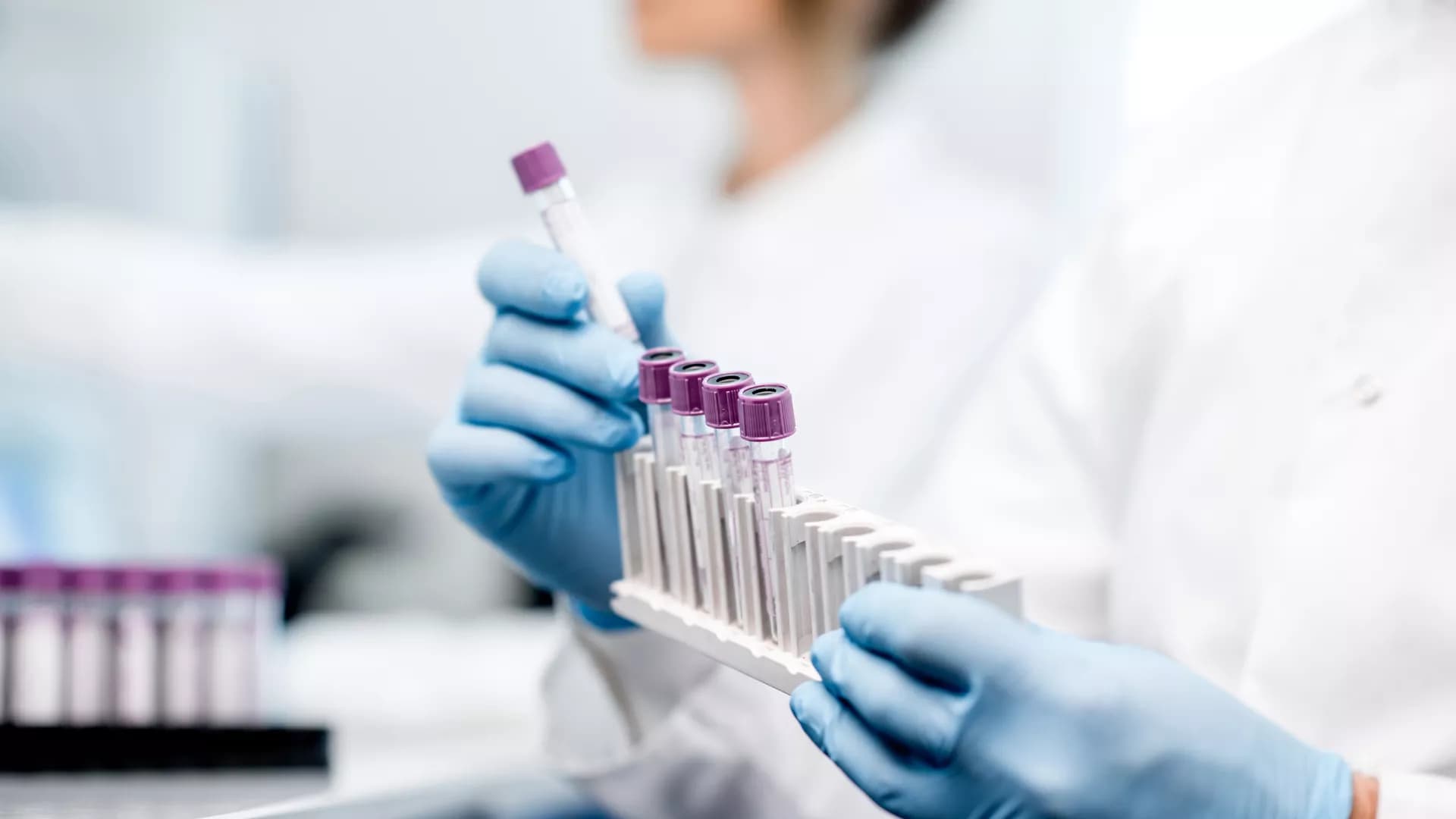Anti-neutrophil cytoplasmic autoantibody (ANCA)-associated vasculitis is a destructive small vessel vasculitis affecting multiple organs. Renal involvement often leads to end-stage renal disease and increases mortality. Prompt diagnosis and initiation of adequate immunosuppressive therapy are critical for the best patient and kidney outcomes. However, considerable heterogeneity in symptoms and severity across the patients frequently hinder the diagnosis and management. The objective of this review is to emphasize the heterogeneity of the ANCA-associated vasculitis, facilitate the recognition and give guidance to the therapeutical possibilities. We present epidemiologic and risk factors, pathogenesis, and provide comprehensive clinical features of the disease. This article also focuses on the currently available therapeutic options and emerging cellular and molecular targets for the management of systemic and especially renal disease. We conducted extensive literature research published on PubMed and Google Scholar. We systematically reviewed, analyzed, and assembled databases, covering a broad spectrum of aspects of the disease. We compared and summarized the recommendations of two recent guidelines on ANCA-associated vasculitis. The incidence of ANCA-associated vasculitis, hence glomerulonephritis shows a steady increase. Familiarity with the presenting symptoms and laboratory abnormalities are necessary for rapid diagnosis. Early initiation of treatment is the key aspect for favorable patient and renal outcomes. A better understanding of the pathogenesis constantly leads to more targeted and therefore more efficient and less toxic treatment.
Sepsis-associated acute kidney injury (SA-AKI) is common in patients with severe sepsis, and has a high incidence rate and high mortality rate in ICU patients. Most patients progress to AKI before drug treatment is initiated. Early studies suggest that the main mechanism of SA-AKI is that sepsis leads to vasodilation, hypotension and shock, resulting in insufficient renal blood perfusion, finally leading to renal tubular cell ischemia and necrosis. Research results in recent years have shown that programmed cell death such as apoptosis, necroptosis, pyroptosis and autophagy play important roles. In the early stage of sepsis-related AKI, autophagy bodies form and inhibit various types of programmed cell death. With the progress of disease, programmed cell death begins. Apoptosis promoter represents caspase-8-induced apoptosis and apoptosis effector represents caspase-3-induced apoptosis, however, caspase-11 and caspase-1 regulate gasdermin D-mediated pyroptosis. Caspase-8 and receptor interacting kinase 1 bodies mediate necroptosis. This review focuses on the pathophysiological mechanisms of various programmed cell death in sepsis-related AKI.
Background and Aims: Systemic immune-inflammation index (SII) is an emerging indicator and correlated to the incidence of cardiovascular diseases. This study aimed to explore the association between SII and contrast-induced acute kidney injury (CI-AKI).
Methods: In this retrospective cross-sectional study, 4,381 subjects undergoing coronary angiography (CAG) were included. SII is defined as neutrophil count × platelet count/lymphocyte count. CI-AKI was determined by the elevation of serum creatinine (Scr). Multivariable linear and logistic regression analysis were used to determine the relationship of SII with Scr and CI-AKI, respectively. Receiver operator characteristic (ROC) analysis, structural equation model analysis, and subgroup analysis were also performed.
Results: Overall, 786 (17.9%) patients suffered CI-AKI after the intravascular contrast administration. The subjects were 67.1 ± 10.8 years wold, with a mean SII of 5.72 × 1011/L. Multivariable linear regression analysis showed that SII linearly increased with the proportion of Scr elevation (β [95% confidence interval, CI] = 0.315 [0.206 to 0.424], P < 0.001). Multivariable logistic regression analysis demonstrated that higher SII was associated with an increased incidence of CI-AKI ([≥12 vs. <3 × 1011/L]: odds ratio, OR [95% CI] = 2.914 [2.121 to 4.003], P < 0.001). Subgroup analysis showed consistent results. ROC analysis identified a good predictive value of SII on CI-AKI (area under the ROC curve [95% CI]: 0.625 [0.602 to 0.647]). The structural equation model verified a more remarkable direct effect of SII (β = 0.102, P < 0.001) on CI-AKI compared to C-reactive protein (β = 0.070, P < 0.001).
Conclusions: SII is an independent predictor for CI-AKI in patients undergoing CAG procedures.
Frontiers in Immunology
New Insights into Systemic Inflammatory Response Syndrome





